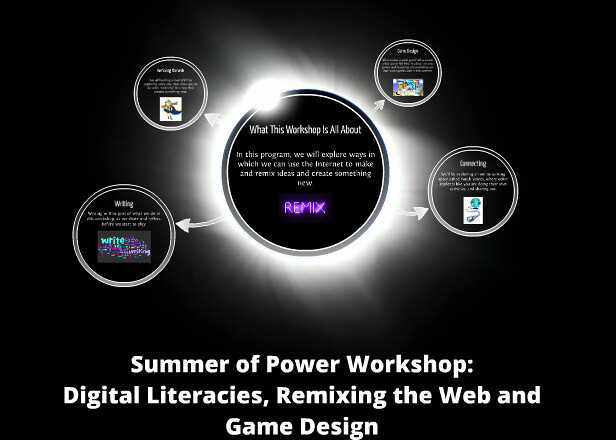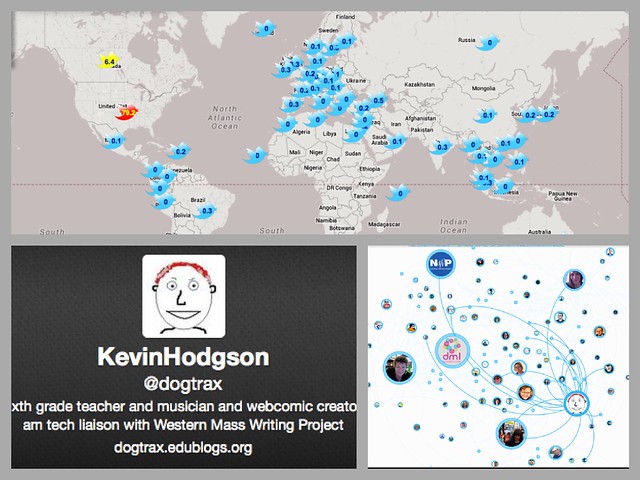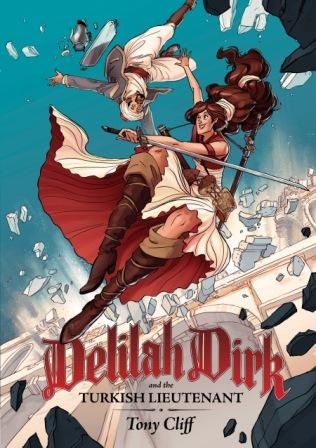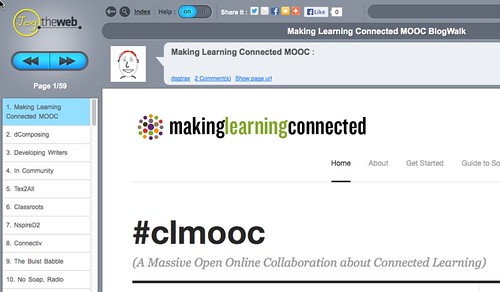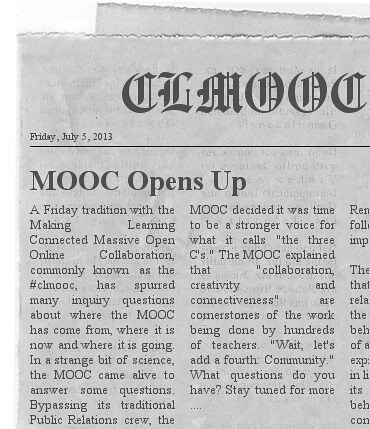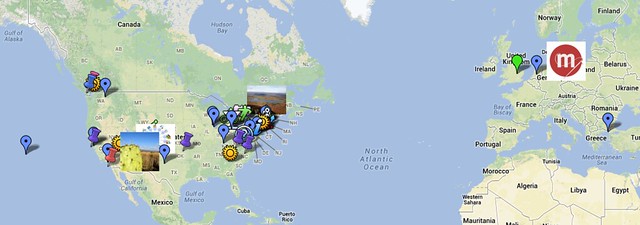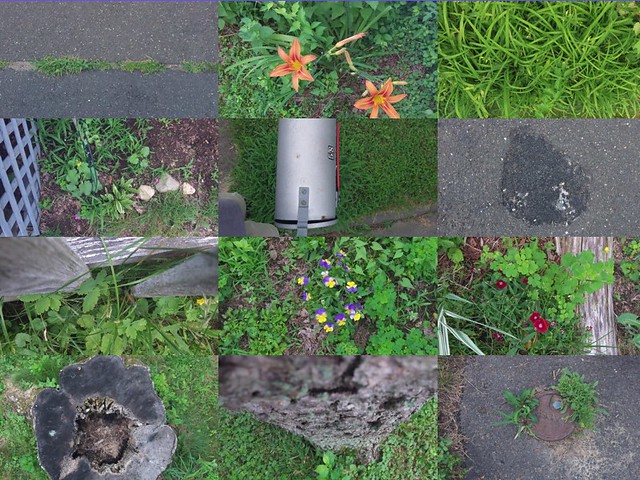The National Education Association (NEA) has put out a policy statement related to digital learning. (Thanks to Troy Hicks for forwarding the link) You should read it yourself but here are some sentences that jumped out at me as I read through it:
All students—pre-k through graduate students—need to develop advanced critical thinking and information literacy skills and master new digital tools. At the same time, they need to develop the initiative to become self-directed learners while adapting to the ever-changing digital information landscape.
The appropriate use of technology in education—as defined by educators rather than entities driven by for-profit motives—will improve student learning, quality of instruction, and education employee effectiveness, and will provide opportunities to eradicate educational inequities.
We as a nation must address the issues of equity and access in a comprehensive manner in order to see the promise and realize the opportunities that digital learning can provide.
Teachers need access to relevant training on how to use technology and incorporate its use into their instruction, ESPs need access to training on how best to support the use of technology in classrooms, and administrators need training to make informed decisions about purchasing equipment, technology use, course assignments, and personnel assignments.
As different digital tools are created and used, the impact of technology on traditional socialization roles must be considered. The face-to-face relationship between student and educator is critical to increasing student learning, and students’ interactions with each other are an important part of their socialization into society.
What do you think of the statement? I think it covers a lot of ground, but mostly through the eyes of a labor group (I know, that’s what NEA is, and I am a member). I see this document in partnership to others emerging from other groups, such as NCTE, around the learning of and the teaching of digital literacy.
Peace (in the sharing),
Kevin


